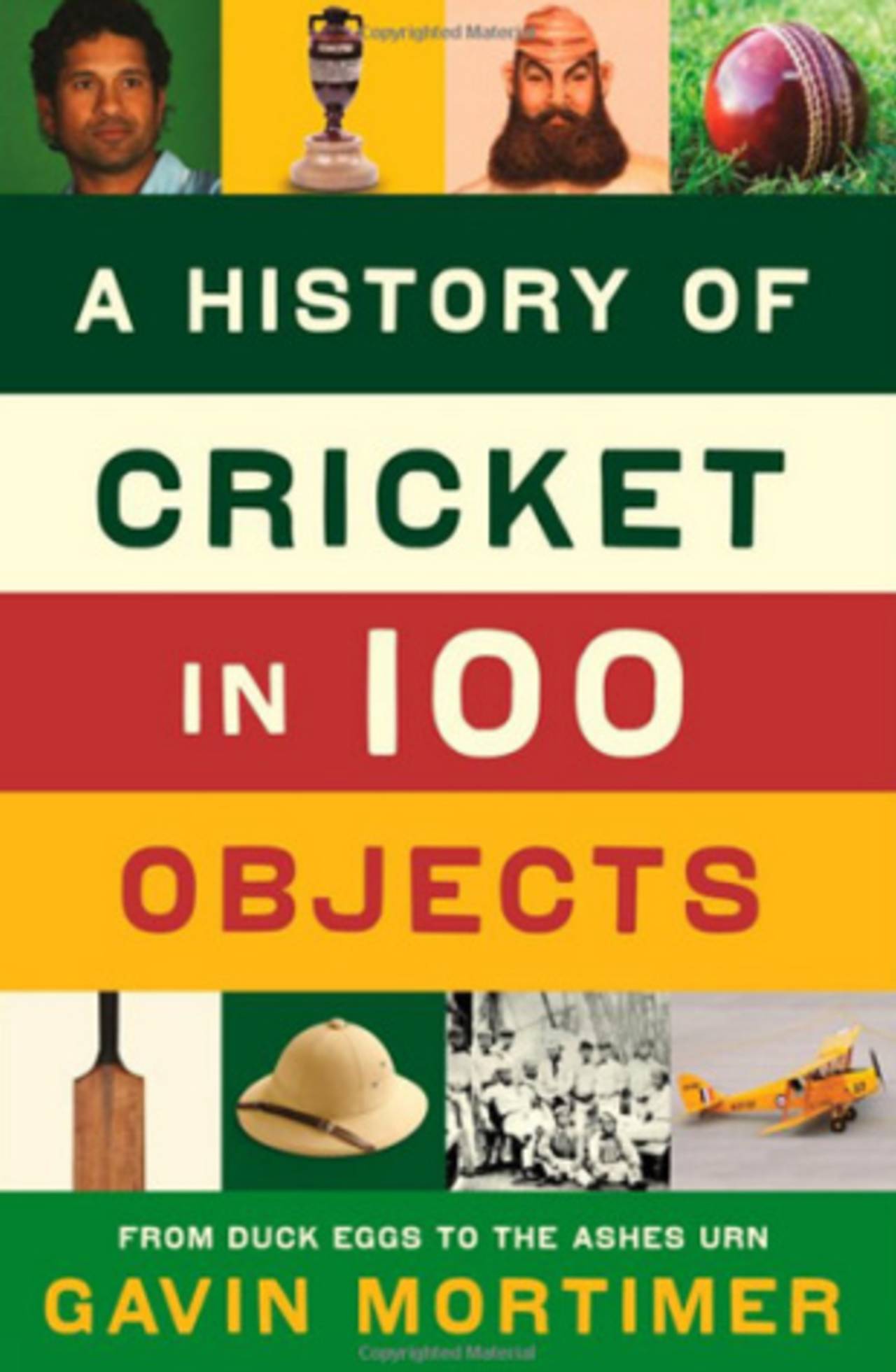History for those who hate reading it
A charming collection of essays that bring out several interesting facts, prompting a reader to research deeper into the subject
Suresh Menon
18-Aug-2013

Serpent's Tail
Henry Ford might have thought that history was bunk, but here's evidence that it can be fun. Most histories of sport tend to suffer from two handicaps: they tend to be centred around one region and thus miss the bigger picture or they are overly sombre and ignore the fact that sport is fun, and that digressions and distractions only add to its tale.
When you set out to write a history in 100 objects (which means in effect, 100 essays), you acknowledge that being comprehensive is not part of the package, but what you gain - as this book does - is a lightness of touch, and a non-linearity that can be quite charming. You can dip into it anywhere and be guaranteed of an unexpected fact or a startling connection that traditional histories miss.
A History of Cricket in 100 Objects is entertaining, the tone disguising the research involved. Some of the conclusions are provocative enough to send the reader rushing to a deeper study of the subject, which is as it should be. It is a book both for the specialist and the casual reader, especially when you consider that the latter is unlikely to read the tomes by Altham and Swanton or Rowland Bowen, or even more recent histories of the game.
Despite (or perhaps because of) answers to the essential questions of origin and evolution of cricket lacking in historical authenticity, and thus our having to make do with the most likely theories and intelligent guesswork, the game is well served by its myths and legends, which have gained by repetition. Such words and phrases as "Hambledon", "Nyren", "Bat and Ball", "Fredrick Louis", "Christina Willes" and others evoke a set of responses that have solidified over the years, thanks to history books.
In bringing these and other elements together and spreading the net beyond Hampshire and Lord's and the MCC, the author has attempted to reflect the global nature of the game, which originated in England but is claimed by other countries as their own too.
Thus you will find here Lord Hawke as well as Sachin Tendulkar, WG Grace as well as Hanif Mohammad, Lord's as well as Eden Gardens, the first-ever international (US v Canada, 1844) as well as the IPL. Written in a chatty, informal style this is a history of the game for those who hate reading about the history of games.
In keeping with the tone, chapter headings are not generic. Under "Sitar", there is the story of Hanif - I couldn't find a connection other than the exaggerated stereotype that everybody in the subcontinent is either a sitar player or has elephants as pets. Under the Beatles' single "Love Me Do" is the story of the end of the professional-amateur divide in English cricket. The connection? The year, 1962. Under "Protractor" is the story of Muttiah Muralitharan, possibly because of a throwaway line in the essay about the bowler's skill - "Pass that protractor, this could get complicated…"
There is, too, the story of Charles Darwin arriving on the HMS Beagle in New Zealand and being unimpressed until he saw a cricket match, which evoked England and cheered him up. The strength of the book is in details like that.
A History of Cricket in 100 Objects
by Gavin Mortimer
Serpent's Tail
£12.99, 317 pages (hardback)

by Gavin Mortimer
Serpent's Tail
£12.99, 317 pages (hardback)

Suresh Menon is the editor of the Wisden India Almanack